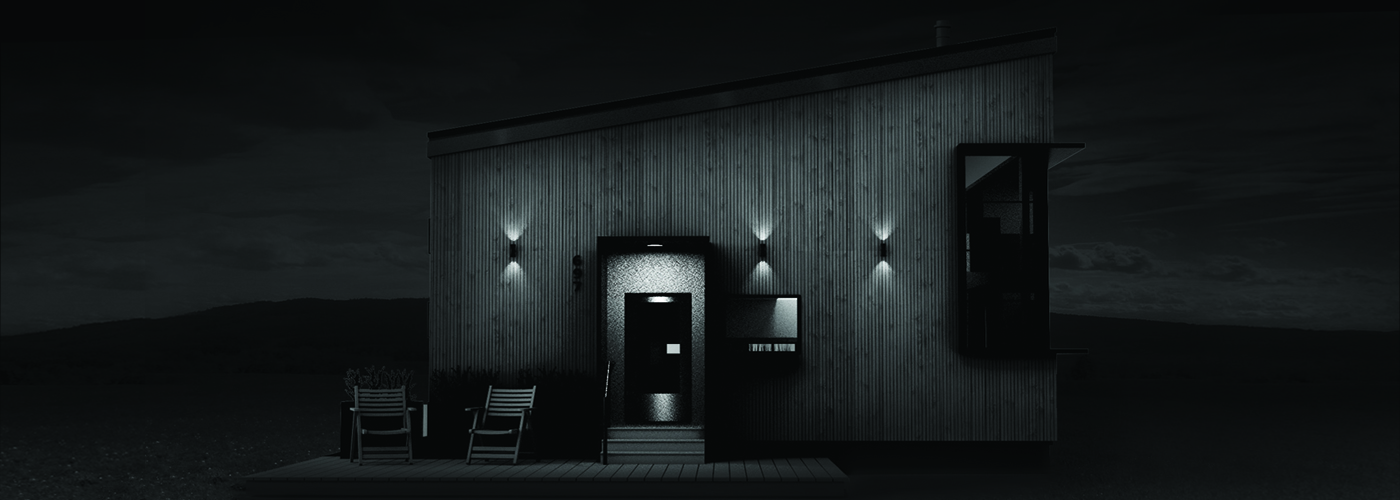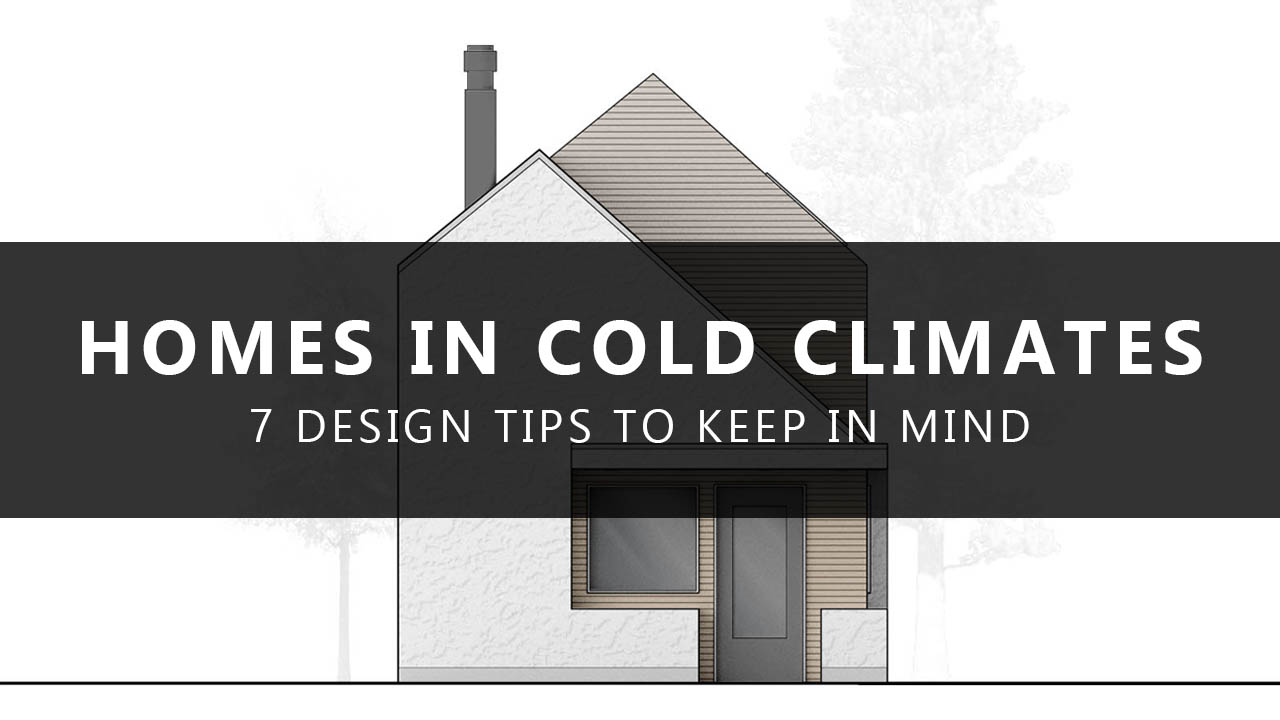As I write this, it’s a fresh October morning – the sun is warm and shining but there is a crispness to the air that signals autumn. I know that in only a few months, winter will blanket most of Canada with cold temperatures and plenty of snow. Welcome to the north.
Maybe its obvious, but homes built in cold northern climates need to be built quite differently than homes built in warmer southern areas. Building materials and systems will all be affected by the local climate, so weather conditions play a critically important role in some early design decisions. If you’re building a new home in a cold environment, here are some things you need to consider:
Insulation & Windows
This one is simple – in cold climates you want to keep the warmth inside, and one of the best ways to do that is upgrading your windows and insulation. Double or triple pane windows with low energy coatings and internal gases act better thermally to keep the heat in and the cold out. The same goes for higher quality insulation like spray foam which gets into all the nooks and crannies the framing to help prevent drafts. Upgrading these items will save you money in the long run, while also keeping you comfortable on those cold winter nights.
The Roof
There is a reason why northern Scandinavian countries developed a style of steeply pitched roof over thousands of years – they work. Though modern flat roofs have come a long way over the past few decades with improvements to roofing materials and building technology, they’re still no match for a steep roof slope. That slope naturally sheds water and snow which are the leading culprits when it comes to building damage. Also be sure to ventilate the space below the roof to prevent condensation that can develop due to the temperature differences between the inside and outside environment. Keeping your attic well ventilated will prevent rot and costly repairs.
The Entry Points
Your house will only have a few key entry points, so protect them! Adding vestibules, screens and covered porches near your entry and exit doors will create another barrier of protection against wind, snow and rain when the weather gets ugly. Less snow to shovel and fewer cold drafts are always a good thing. These little design elements also give you a chance to do something fun architecturally while also working as a functional aspect of the home.
A Mudroom
One of the most utilitarian rooms in the house, mudrooms play an important role as you transition between inside and outside. A place to take off your snowy boots, store backpacks, hang keys, do laundry… mudrooms can do it all. Traditionally these rooms weren’t flashy, but a lot of new modern homes have begun incorporating built-in shelving and benches with lots of natural light to bring these little rooms to life. Once you’ve lived with a mudroom, you’ll never go back.
Indoor Parking
One of my least favourite aspects of living in a northern climate is cleaning snow off the car before driving. You’re in a rush, yet you have to let it run a few minutes to warm up while you scrape the ice and defrost the windows. Indoor parking solves all that. An enclosed garage with electric door opener is always worth it. You’ll never have to clean the car off again!
Driveways & Walkways
Speaking of snow, shovelling sucks. It sucks even more when you’re shovelling a gravel walkway and the blade keeps getting snagged on the stones. Using a hardscape solution like paving or interlocking stones for driveways and walkways will make snow removal a little easier in the winter months. You also won’t have to rake gravel from the lawn in the spring that was thrown there by the snow blower. As an extreme measure, you can install electric heating into poured concrete slabs so the snow melts with the push of a button, but that might be overkill.
In-Floor Heating
Similar to heated driveways, you can install radiant heating under the surface of your floors to keep them nice and warm. Small tubes of hot water snake under the floor to provide a continuous source of radiant heat, perfect for places like bathrooms where you’ll be in bare feet. In-floor heating will add some upfront cost to your project, but the payoff will seem entirely worth it during a winter blizzard.
Stay warm this winter!
![]()


